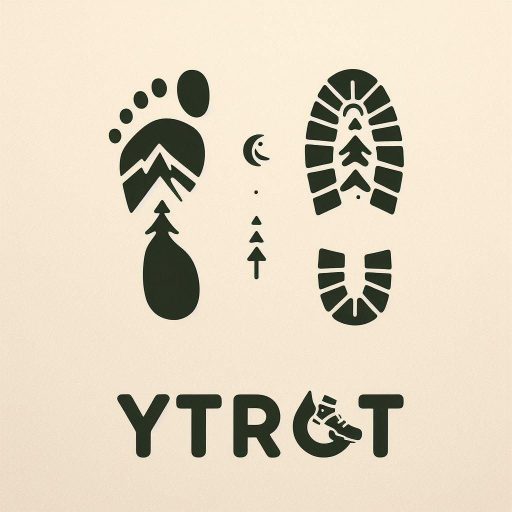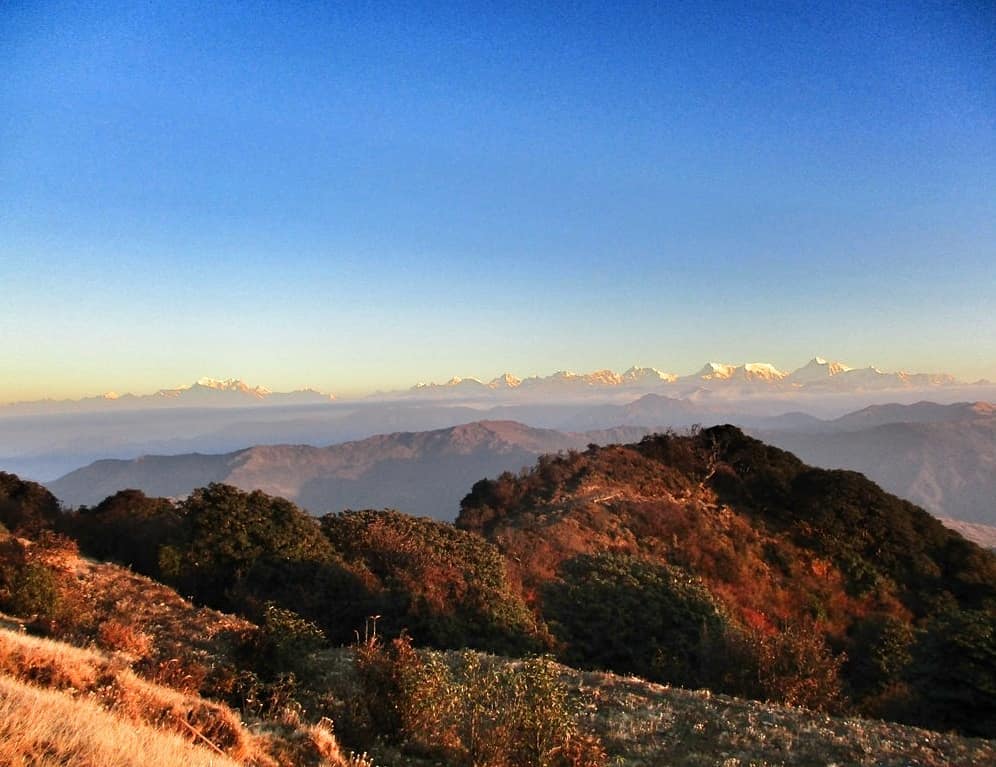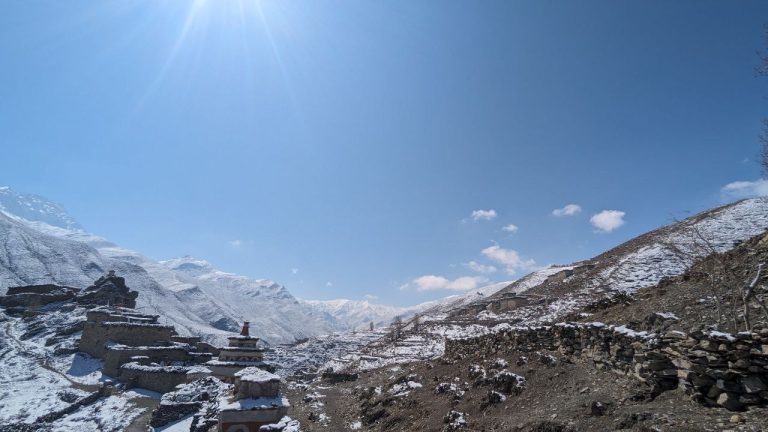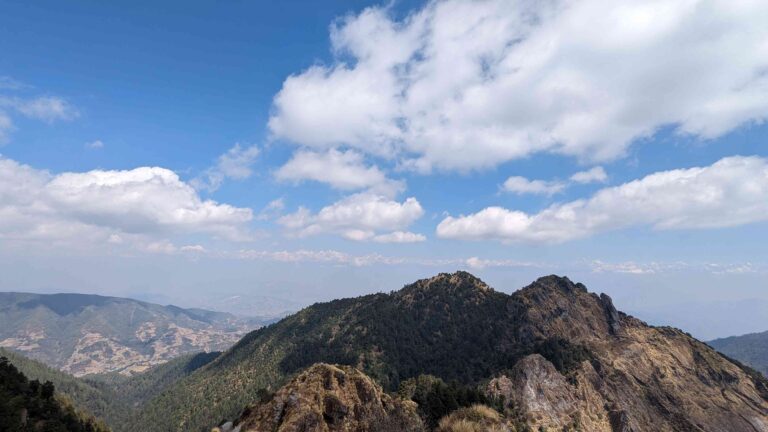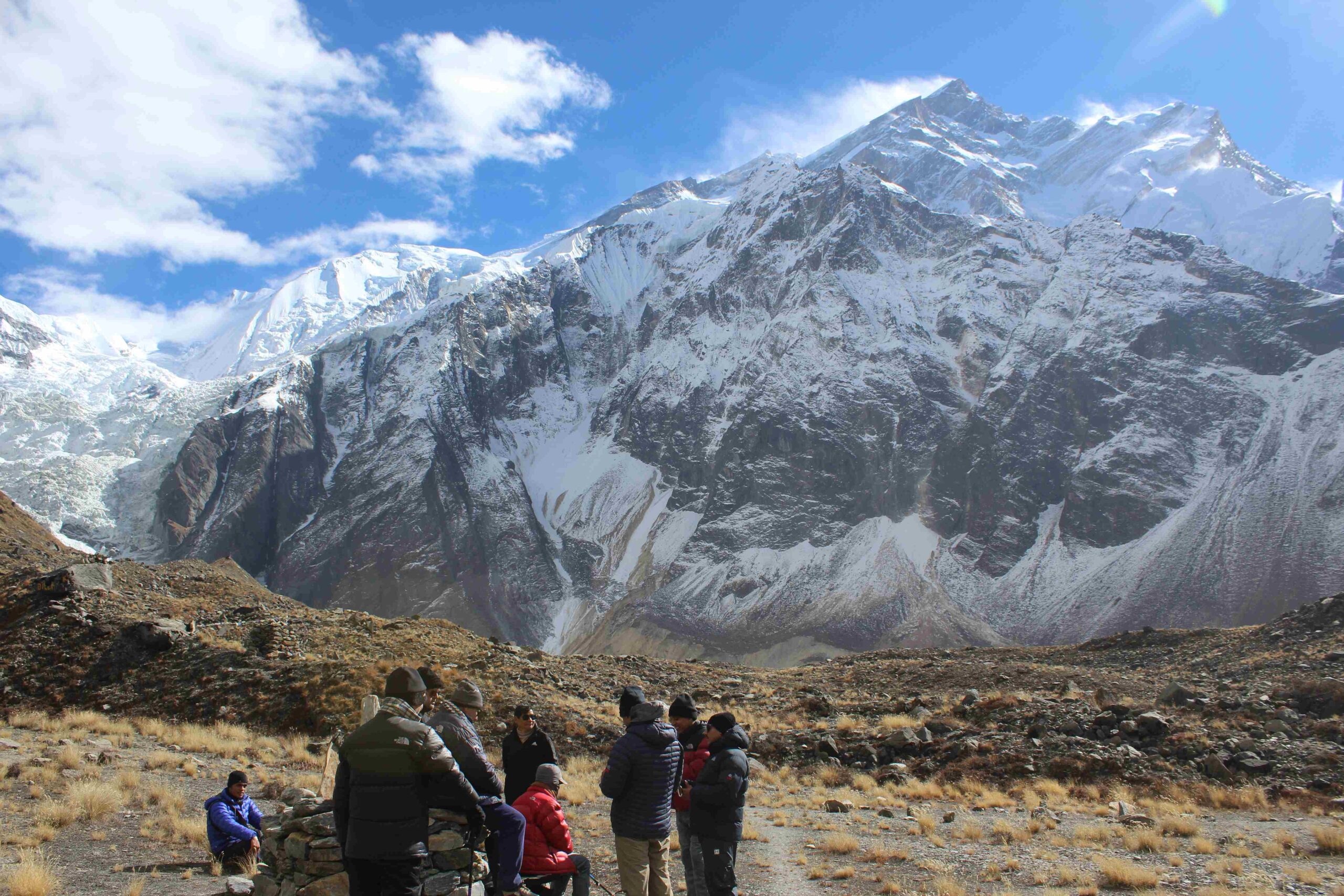The Mundhum Trail trek, which has just lately been made accessible to tourists, provides trekkers with a rich biodiversity of eastern Nepal. This particular excursion is remarkable in that it will allow tourists to encounter the distinctive Kirati culture, particularly that of the Rai. The trail consists of Kirat Villages and the place is described by their Oral Scripture “Mundhum” which explains the lifestyle, culture and traditions of the Kirat People which is the reason why the trail is also named “Mundhum”.
The Kirat (“Kiranti”) are a historic group who have been involved in Nepal’s history for a very long time. According to sources from the Kathmandu Valley, the Kirats were the region’s first rulers. The Kirati people have been mostly living in the Eastern Himalaya region in recent years, which extends eastward from Nepal to North East India. Thus, the Mundhum Trail enables you to get up close and personal with this historic culture and its traditions.
From a moderate elevation to Salpa Silicho, 4200 meters above sea level, the trek is naturally captivating. Similar to this, the trail gives you the chance to see small lakes, bird watching, a walk through a jungle of rhododendrons and bamboo, a red panda area with wild animals like tahr and musk deer and more. In the short time that it has been open, Mundhum trail has risen to become one of Nepal’s top 100 tourism attractions.
Highlights of Mundhum Trail – why Mundhum?
Mundhum trek is a simple ridge-walk. The ancient routes for pilgrims to travel in order to arrive at the revered Silchung hill were Temke, Mehrung, Maiyung, and Salpa Pokhari. This trek accurately depicts the way of life of the Kirati, Rai, and Limbu ethnic groups who inhabit Nepal’s east. You will be astounded by the natural beauty and warm hospitality of the delightful Kirati people when you embark on this recently opened trek in eastern Nepal.
You may witness the mesmerizing vistas of the Himalayas’ towering peaks and mountains, including Kanchenjunga, Mt. Everest, Shisapangama, and many more. In addition, if you trek to this region, you could see rare animals including Red Pandas, Musk deer, and Himalayan Thar.
Short Itinerary of Mundhum Trail
| Day 1 | Drive from Kathmandu to Diktel Bazaar | Drive 8-9 Hours |
| Day 2 | Drive from Diktel to Chakhewa Village, Hike to Temke Peak | Drive 2 Hours |
| Day 3 | Drive from Chakhewa Dhotre | Drive 6-7 Hours |
| Day 4 | Trek from Dhotre to Maiyung | Trek 6-7 Hours |
| Day 5 | Trek from Maiyung to Rawadhap | Trek 7-8 Hours |
| Day 6 | Trek from Rawadhap to Salpa Base Camp | 4-5 Hours |
| Day 7 | Explore Around Silichung | |
| Day 8 | Trek Back from Salpa to Hyakule | Trek 7-8 Hours |
| Day 9 | Trek from Hyakule to Hanspokhari | Trek 6 Hours |
| Day 10 | Trek to Bhojpur | Trek 7 Hours |
| Day 11 | Fly to Kathmandu |
Detailed Itinerary of Mundhum Trail
Day 1: Kathmandu to Diktel Bazaar (1650M.)
From Kathmandu, you’ll take a bus in the morning to Diktel Bazaar in the Khotang district, which is 1,650 meters above sea level. It will take 8 to 9 hours by bus to go to Diktel Bazaar.
Day 2: Drive from Diktel Bazaar to Chakhewa, Hike to Temke Peak (2300m.)
Drive by bus for around 2-3 hours in the morning to Chakhewa, which is 2,300 meters above sea level. The unique bird known as the Chakhewa, or Ruddy shelduck in English, inspired the name of the village. You can eat lunch at Chakhewa before hiking to the 3010-meter-high Temke danda (peak). Mt. Everest, Lhotse, Sisapangma, Makalu, Cho Oyu, as well as sections of Tibet and India, are all visible from Temke Peak. You will then return to Chakhewa and spend the night in a lodge or a tent.
Day 3: Drive from Chakhewa to Dhotre (2752m)
Following breakfast, you’ll begin the drive from Chakhewa to Dhotre, another lovely Kirati village. From Chakhewa to the 2752-meter-high Dhotre, it will take 6-7 hours. You will pass through a grove of stunning rhododendrons on the way from Chekhewa to Dhotre. You will camp or stay overnight in tea houses in Dhotre.
Day 4: Trek from Dhotre to Maiyung (3122m)
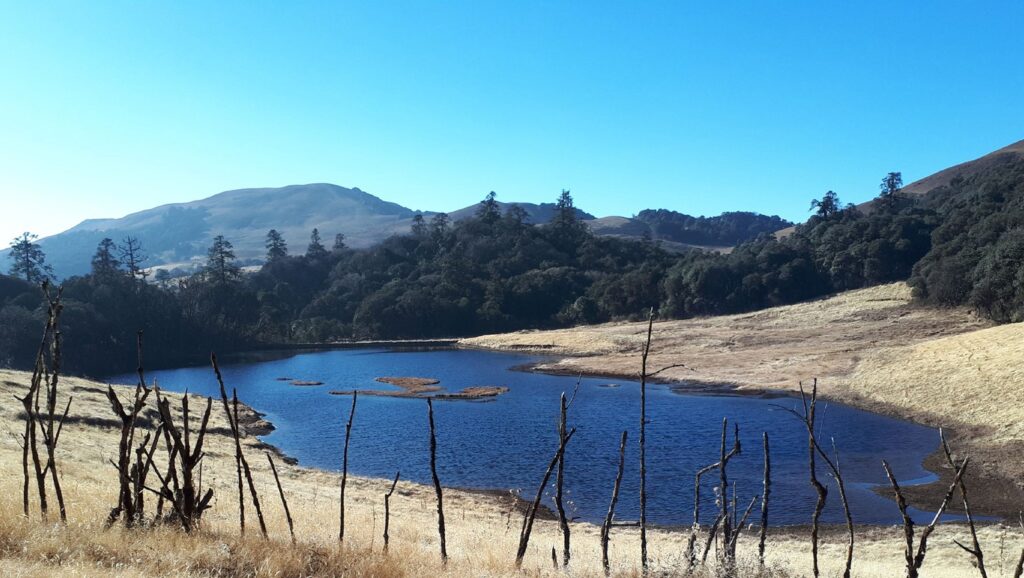
Your official trek will begin on this day. Leaving Dhotre in the direction of Maiyung after breakfast. Before arriving in Hanspokhari (Duck-pond), Maiyung, you must first pass via Chautara and Mattim Danda. Maiyung, which is 3,122 meters above sea level, may be reached by foot in 6-7 hours. Camping is the only option available here due to the lack of teahouses and lodges.
Day 5: Maiyung to Rawadhap (3426M)
You will get to know the Mundhum Trek native tribe better today. You will spend the night at the Rawadhap camp after passing ethnic settlements like Satdobato, Hyakule, and Laure Bine behind. The longest trekking day is today, during which we must walk for 7 to 8 hours. The Mundhum Trail Trek will be more exciting because of the agricultural fields, friendly people, and distinctive Kirati customs and culture.
Day 6: Rawadhap to Salpa Bhanjyang (3348m)
You will explore the Kirati and Rai people’s exotic culture, customs, and way of life as we trek from Rawadhap to Salpa Bhanjyang. Bhanjyang literally refers to a gap, a low area between two landmasses with higher elevations. We will spend the night at Salpa Pokhari after traversing the Mani wall of Nikasa, the Mani of Handi Lake, and the Mani of Salpa pass. Salpa is a well-known holy site, and many pilgrims travel there to offer prayers. The journey from Rawadhap to Salpa basecamp, which is 3,348 meters above sea level, would take 4-5 hours.
Day 7: Explore around Silichung
From Salpa Base Camp, you will Trek to Silichung Danda (peak) at 4,200m. This is the highest point of Mundum Trail. The spectacular Himalayan mountain ranges, valleys, lush forests, and avalanches can all be seen from here. Kanchenjunga, Cho Oyu, Lhotse, Makalu, Thamserku, Kangtenga, Amadbalam, Dorje Lakpa, Kusu Khungaru, and other mountains will also be seen. Subsequently, you’ll go to Salpa Lake, which is located 3,700 meters below Silichung. On the line separating Sagarmatha National Park from Makalu-Barun National Park is Salpa-Silichung.
Day 8: Salpa to Hyakule (2972m)
You’ll take the same route from Rawadhap to Hyakule. 7-8 hours will be required to make it groggily down the hill area. Hyakule is a high point in the hilly area at 2,972 meters. You’ll spend the night at camp.
Day 9: Hyakule to Hanspokhari
Follow the same route down to Hanspokhari and stay overnight there.
Day 10: Hanspokhari to Bhojpur (1700m)
You will begin by walking through Ekraate, Kakhuwa, Barshe Danda, Suntale, and Dhapkharka to the Bhojpur district headquarters, which is located at a height of 1700 meters. You’ll spend the night in a tea house or a camp.
Day 11: Fly Back to Kathmandu
Fly back to Kathmandu.
Best Time to Visit Mundhum Trail
It is not advised to hike through this area during the monsoon, as the excessive rain makes the trail treacherous. The springtime is a great time to visit if you enjoy strolling down a path lined with beautiful flowers.
Another ideal period for the Mundhum Trekking Trail is the autumn, from September to November. In Nepal, autumn lasts from September to November. The temperature is mild and steady during this time of year. Additionally, there is a likelihood of light snowfall during these months, which adds excitement to the walk.
Also See: Pikey Peak Trek – Best Short Trek to View Everest – YTROT
